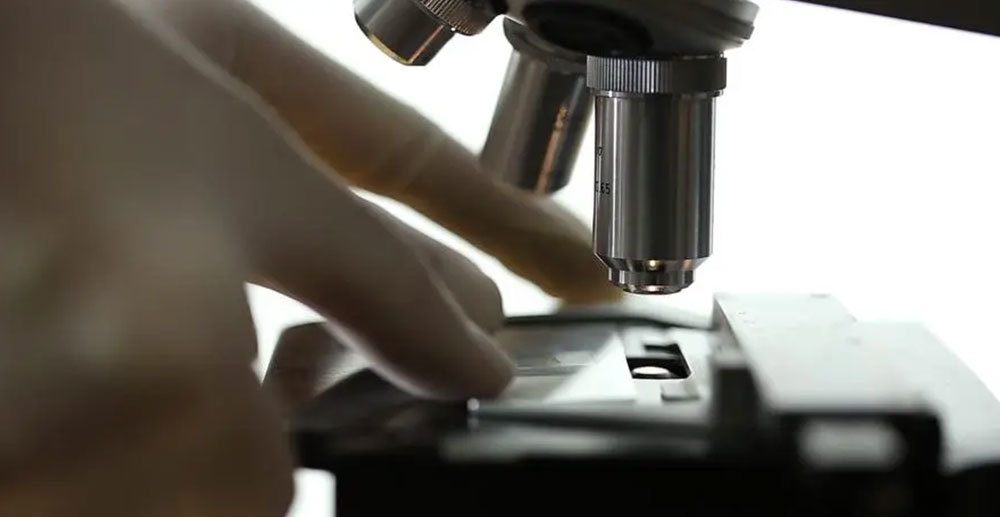What are the advantages and disadvantages of polyethylene glycol as a melting agent
[Summary Description] It has a wide range of uses and can be used in a variety of cells of animals, plants and microorganisms.
The advantages of the polyethylene glycol series (polyethylene glycol 4000 6000 and 8000 series) in cell fusion are: 1 has a wide range of uses, can be used in a variety of cells of animals, plants and microorganisms. 2 It is easier to prepare and control than Sendai virus. 3 stable activity, easy to use. The disadvantages are: 1 The effective concentration range is between 50% and 55%, but at this time it is more toxic to cells. 2 can not be observed under the microscope cell fusion process. 3 The frequency of induced hybrid cells is about 110-5. In addition to being used as a thawing agent, it can also be used as a precipitant in clinical chemistry, and as an osmotic concentrate in aqueous solutions or suspensions Polyethylene glycol is soluble in many common polar organic solvents, such as acetone, ethanol and chlorinating agents. Insoluble in non-polar solvents, such as hydrocarbons. Many substances are soluble in polyethylene glycol. The wide chemical compatibility of the product makes it suitable for various synthetic products. Therefore, dynamic viscosity measurement is a practical method for determining the viscosity Z of polyethylene glycol. The viscosity decreases with increasing temperature. The intermediate viscosity can be obtained from two different polyethylene glycol products. 6 Stability: PEG has low volatility and can maintain thermal stability for a certain period of time at about 300°C. However, polymers are susceptible to oxidative degradation when exposed to air. Degradation can be controlled by reducing exposure of the polymer to elevated temperatures and/or oxygen (e. g., room temperature or sub-room temperature storage) and nitrogen protection. In addition, the addition of antioxidants can also prevent its oxidative degradation. 7 Not Volatile: PEG is considered not volatile and has a very low vapor pressure at room temperature and under normal use conditions. Chemical Reactivity: The primary hydroxyl function of PEGs allows them to react with most typical alcohols. The functional conversion of alcohols to esters, ethers, amines and acetaldehydes is common.
Related News






